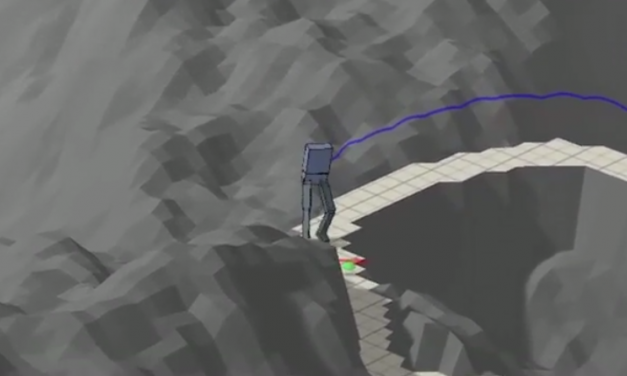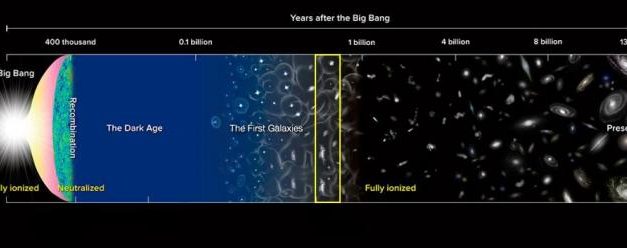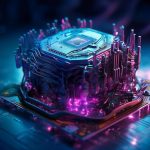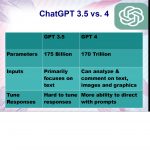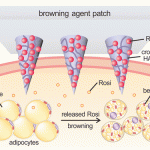First Human Embryos Genetically Modified With CRISPR in U.S. Raises Concerns
CRISPR (see the video with a simple explanation at bottom of post) has become one of the most essential tools to do genome engineering used by biologists for deleting, replacing or otherwise editing DNA. The CRISPR system utilizes a modified bacterial protein and a RNA that guides it to a specific DNA sequence with peerless control over genes in humans and many other species. Researchers in Portland Oregon led by Shoukhrat Mitalipov of Oregon Health and Science University, are the latest to announce they have shown they can favorably modify the DNA of human embryos using CRISPR. Their research recently published...
Read More

